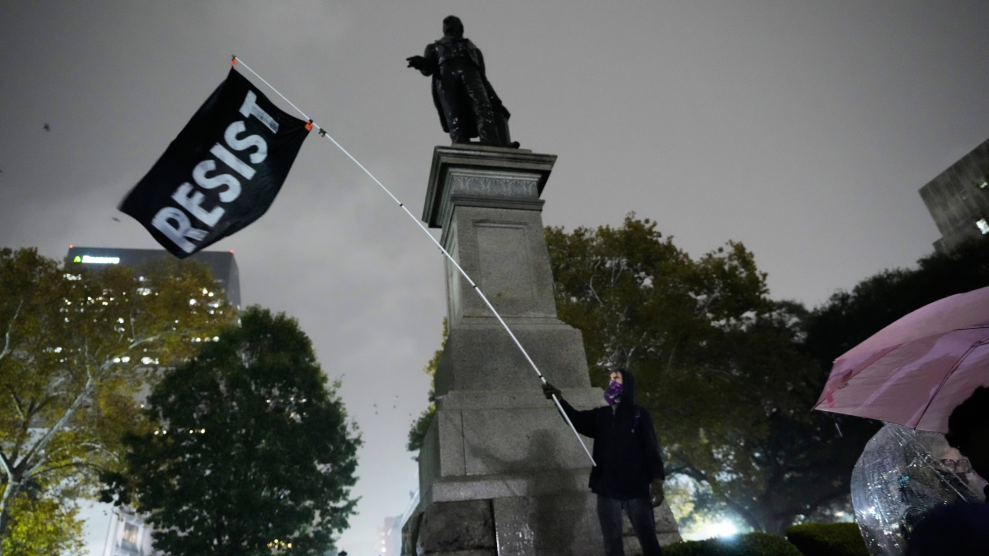On a summer day in 1996, Al Larson, the mayor of Schaumburg, Ill., stopped by his local post office and was shocked to find a 100-foot tower looming overhead. “It literally went up over the weekend,” he recalls. Neither the U.S. Post Office nor UniSite, its contractor, had received a permit for the tower, designed to hold antennae for wireless service providers. They said they didn’t need one. Under a little-known provision in the Telecommunication Act of 1996, all federal land is fair game.
Two years ago, as battles raged over indecency standards and deregulation, little attention was paid to the act’s Section 704, which prevents state and local governments from barring the construction of wireless facilities on federal property.
That means that towers and antennae may be popping up not only at your post office, but also at national parks, if the price is right. Dick Young, special uses manager for the National Park Service, says the NPS has already received about 100 inquiries from wireless operators since the act took effect. And even though language in the law states that national monuments and wildlife sanctuaries be spared, that doesn’t ease the concerns of some. Vermont Sens. Patrick Leahy and James Jefford recently introduced legislation that would overturn parts of the provision. Says Leahy: “I do not want Vermont turned into a giant pincushion with 200-foot towers indiscriminately sprouting on every mountain and in every valley.”
















